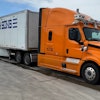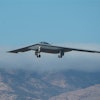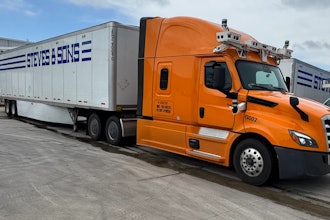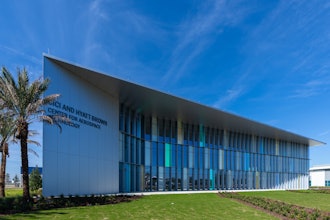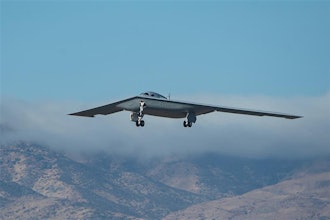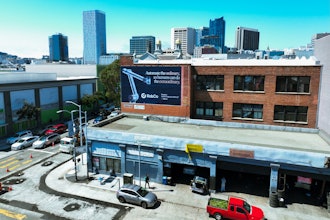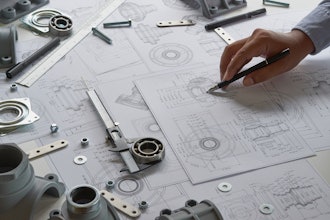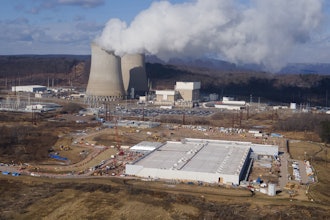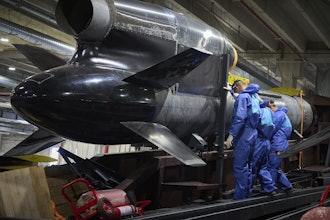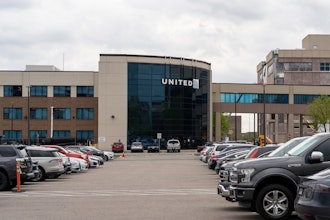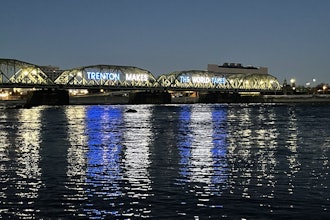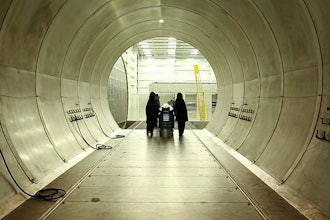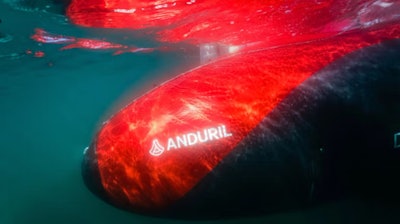
Anduril's Dive-XLs are at-sea nearly every single day in Australia and the United States, and the vehicle recently concluded a 100 hour single voyage — the longest underway for a vehicle of this class. This, however, is just a waypoint, which will be quickly superseded again and again over the coming weeks, as we move toward a far more ambitious goal: a 1,000 nautical mile, fully submerged mission that the Dive-XL will conduct in the first half of 2025. That achievement will itself be just another important milestone as we unlock the full, multi-thousand mile range of the vehicle.
The Dive-XL is already being missionized into a sovereign capability for the Royal Australian Navy’s Ghost Shark program, and Anduril is excited to build on the growing U.S. interest for how this vehicle could provide a unique, complementary capability to both crewed and uncrewed naval vessels. By every measure that matters — from affordability and producibility, to capability and survivability — the Dive-XL is already in a league of its own, and the best is yet to come.
Survivability
Unlike hybrid uncrewed submarines, which require frequent contact with the surface, Dive-XL is designed to operate undersea for the entirety of its missions. This is not just a technical achievement — it is a mission-critical capability. The longer an XL-AUV can stay submerged, the more operational flexibility it provides its commanders. Dive-XL’s ability to remain underwater for weeks without surfacing or intervention ensures it can operate undetected, extend its range, and deliver payloads in contested maritime environments. This kind of autonomy is essential for maintaining subsea superiority in an era of increasing threats and decreasing manned fleets.
Adaptability
Modular payloads provide the Dive-XL with unmatched versatility and adaptability across mission sets. By allowing operators to rapidly swap out and integrate different payloads — ranging from sensors and communications packages to ISR, strike and other capabilities — the Dive-XL can be tailored for specific missions without requiring costly or time-intensive redesigns. This modularity supports a wide variety of operational needs, whether it’s subsea intelligence gathering, long-range surveillance, or even commercial seabed mapping. Additionally, the open-systems architecture ensures compatibility with third-party payloads, empowering operators to continuously upgrade and customize the platform as new technologies emerge. This approach not only reduces costs but also extends the platform’s operational lifespan, making the Dive-XL a future-proof solution for evolving defense and commercial maritime challenges. For example, Anduril is equipping the Ghost Shark fleet with advanced, classified mission payloads for Australia’s defense needs that can also be applied to address unmet U.S. requirements. Perhaps most importantly, this approach to modular and flexible design leads to the ability to rapidly produce at scale.
Flexibility
The Dive-XL is designed simply and intuitively to facilitate the establishment of doctrine, organization, training, logistics, and other mission critical functions that are indispensable to making autonomous systems operationally useful. The vehicle is architected with a minimal logistical footprint, which enables organic deployment from one shipping container. This enables warfighters to launch, employ, and recover the system flexibly at sea or ashore with minimal infrastructure and heavy equipment. Earlier this year, Ghost Shark made its U.S. debut, via trans-pacific flight by a Royal Australian Air Force (RAAF) C-17A, showcasing its rapid and agile expeditionary capabilities and critical supporting functions.
Producibility
Crewed platforms, such as submarines, are prohibitively expensive and require years to produce; by contrast, the Dive-XL can be rapidly manufactured and deployed in significant numbers. Expanding U.S. and allied subsea capabilities means producing hundreds to thousands of these systems quickly and affordably.
Dive-XL’s producibility stems from a fundamentally different approach to design and manufacturing. It’s modular design is freely flooded, relying on smaller, commercial off the shelf pressure vessels to house critical systems like navigation, communications, and batteries. The core vehicle is constructed from affordable and commercially available marine grade materials such as aluminum and fiberglass. This architecture reduces complexity, lowers costs, and makes Dive-XL highly manufacturable with resilient supply chains across the globe. Production doesn’t require bespoke materials and specialized shipyard labor but can instead tap into the commercial automotive workforce, minimizing retraining time and expanding the industrial base.
To meet growing demand, Anduril has made significant investments in its Rhode Island production facility, which can soon begin producing Dive-XL vehicles. This facility, fully funded by Anduril’s own investment, is designed to enable us to quickly ramp up production to dozens of units per year, providing the US Government with the scalable, affordable autonomous systems it urgently needs.

